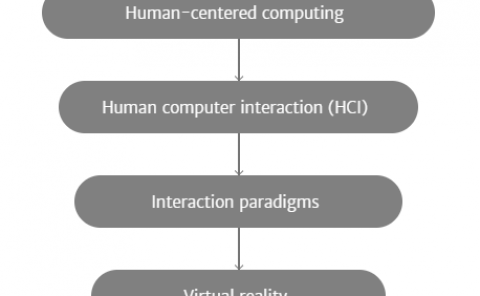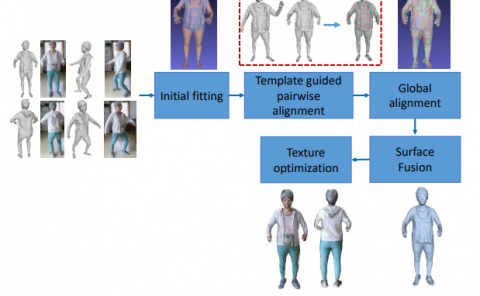Predicting Future Position From Natural Walking and Eye Movements with Machine Learning
PubDate: December 2021
Teams: University of Münster
Writers: Gianni Bremer; Niklas Stein; Markus Lappe
PDF: Predicting Future Position From Natural Walking and Eye Movements with Machine Learning

Abstract
The prediction of human locomotion behavior is a complex task based on data from the given environment and the user. In this study, we trained multiple machine learning models to investigate if data from contemporary virtual reality hardware enables long- and short-term locomotion predictions. To create our data set, 18 participants walked through a virtual environment with different tasks. The recorded positional, orientation- and eye-tracking data was used to train an LSTM model predicting the future walking target. We distinguished between short-term predictions of 50ms and longterm predictions of 2.5 seconds. Moreover, we evaluated GRUs, sequence-to-sequence prediction, and Bayesian model weights. Our results showed that the best short-term model was the LSTM using positional and orientation data with a mean error of 5.14 mm. The best long-term model was the LSTM using positional, orientation and eye-tracking data with a mean error of 65.73 cm. Gaze data offered the greatest predictive utility for long-term predictions of short distances. Our findings indicate that an LSTM model can be used to predict walking paths in VR. Moreover, our results suggest that eye-tracking data provides an advantage for this task.



